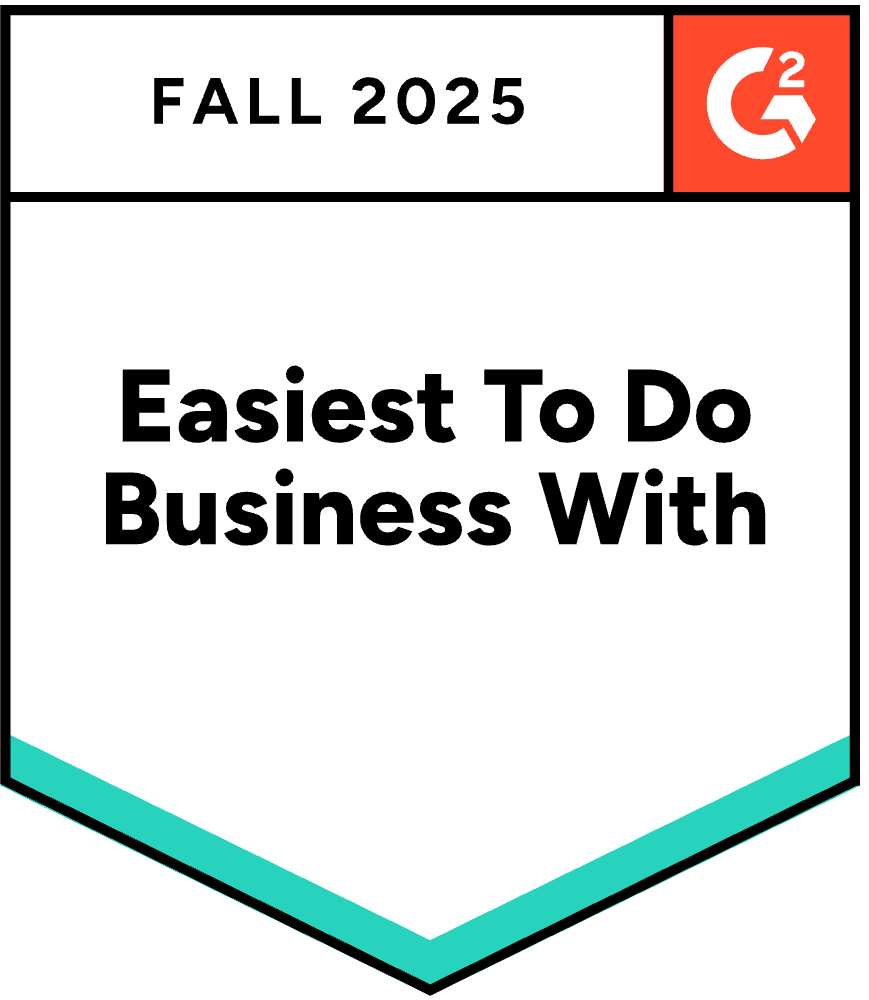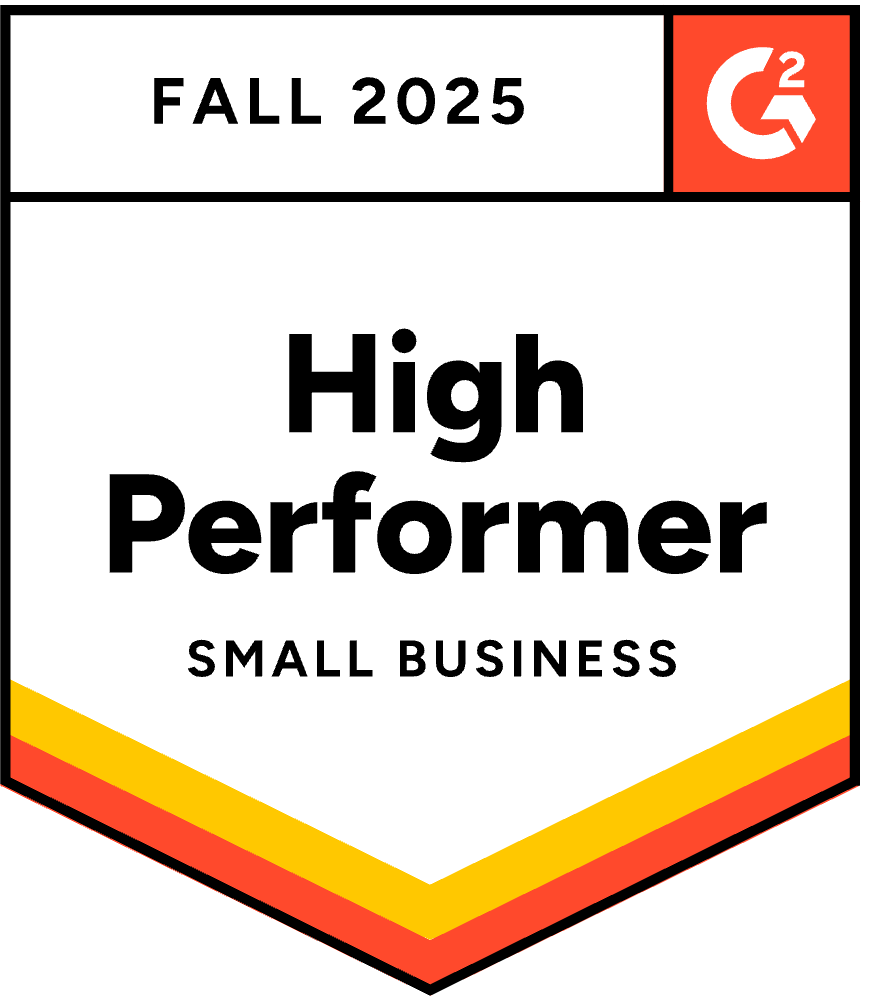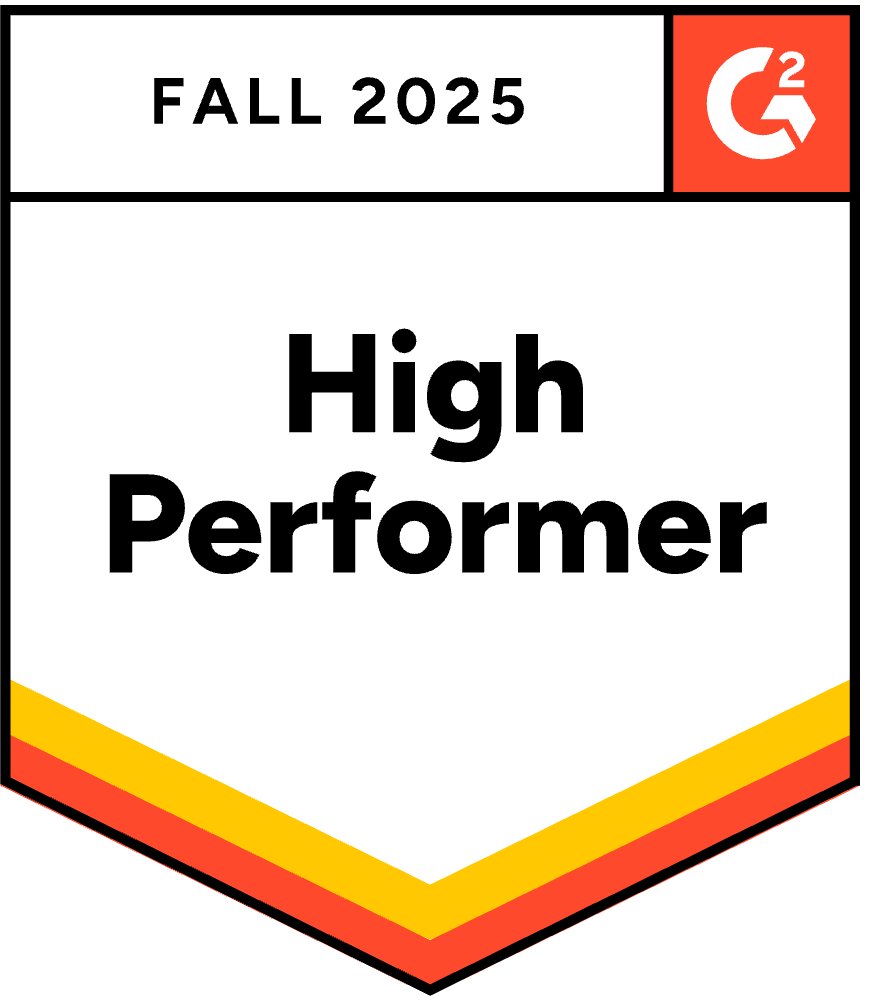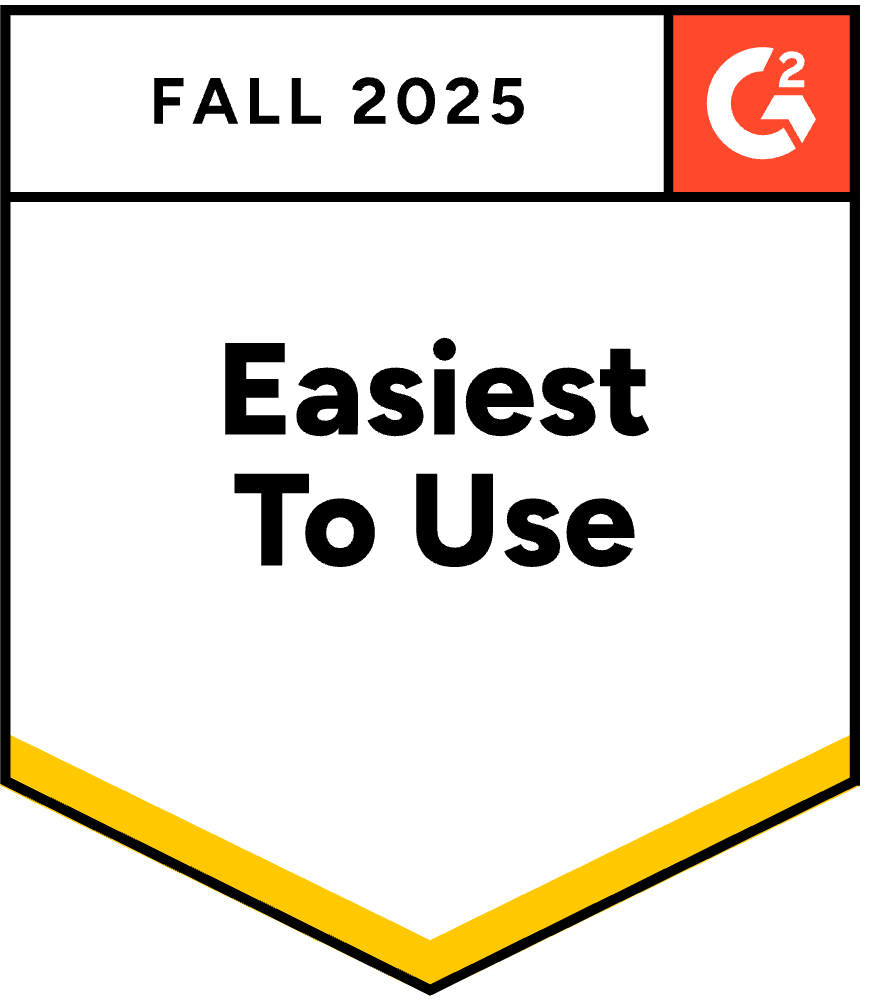5 Proposal Trends to Help You Win More Deals
March 3, 2025
By
Evie Secilmis

Let’s be honest: responding to RFPs and security questionnaires can be a grind. The sheer volume of questions, the need for absolute accuracy, and the tight deadlines can drain resources and burn out even the most dedicated teams. But what if you could change that dynamic? What if your proposal team could spend less time searching for information and more time on strategy? This is where understanding current proposal trends becomes a game-changer. With the rise of AI-powered tools and centralized knowledge libraries, teams are automating responses, ensuring consistency, and turning complex questionnaires into opportunities to build trust and accelerate deals.
Key Proposal Trends You Can't Ignore
The proposal management industry is undergoing a rapid transformation, driven by AI-powered RFP software, automation, and increasing demands for faster, more accurate proposal responses. Organizations that embrace AI-driven RFP response tools are gaining a competitive edge, improving efficiency, and enhancing sales enablement.
In this report, we’ll explore the key trends shaping proposal management in 2025 and how businesses can adapt to stay ahead.
1. AI & Automation: The Future of Proposal Management
As companies handle an increasing volume of RFPs, RFIs, and security questionnaires, the need for automated proposal software has never been greater. Iris’s AI-powered RFP platform is at the forefront of this evolution, enabling teams to:
- Automate responses to RFPs and security questionnaires with AI-driven insights.
- Reduce response time by up to 50% while maintaining accuracy.
- Improve content management, ensuring consistent, high-quality proposals.
With AI-driven automation, proposal teams are shifting from being reactive to proactive revenue enablers.
Using Technology for Hyper-Personalization
Think about the pressure involved in a marriage proposal. Studies show that more than half of people proposing feel a ton of pressure to make it perfect and unique to their story. This feeling is surprisingly similar in the business world. Your clients can spot a generic, copy-pasted proposal from a mile away, and it rarely inspires confidence. They want to see that you’ve listened to their specific challenges and have thoughtfully crafted a solution just for them. Technology is what makes this bespoke experience possible at scale. Just as social media helps couples find the perfect ring together, an AI-powered RFP platform helps your team pinpoint the exact data, case studies, and answers that will resonate most with a potential client, making your proposal feel personal and deeply considered.
Automating Content and Data Collection
Behind every great proposal—whether for marriage or a multi-million dollar deal—is a mountain of planning and data. With couples spending over $2,500 on the proposal moment and 80% starting to plan their wedding within two months, the details matter and time is of the essence. Similarly, your proposal team spends countless hours hunting for the right security information, performance metrics, and team bios. Automating this content and data collection is no longer a nice-to-have; it's a necessity for staying competitive. By implementing a central knowledge library, you can eliminate the frantic, last-minute search for information. Tools like Iris act as your single source of truth, ensuring every piece of content is accurate, approved, and ready to go, freeing your team to focus on strategy instead of scavenger hunts.
2. Tackling Increasingly Complex Security Questionnaires
Security questionnaires have become a critical part of the B2B sales process, especially in industries like SaaS, cybersecurity, and enterprise technology. Companies need to respond quickly and accurately while ensuring compliance. Iris simplifies security questionnaire automation by:
- Centralizing responses to reduce duplicate efforts.
- Leveraging AI to auto-fill answers, minimizing manual work.
- Integrating with sales tools, streamlining the entire proposal workflow.
Organizations that adopt AI for security questionnaire responses can accelerate deal velocity and improve customer trust.
3. The Rise of Collaborative Proposals
Gone are the days when a single proposal manager worked in isolation, scrambling to pull together a document at the last minute. Today, winning proposals are a team sport, requiring seamless collaboration between sales, legal, product specialists, and security teams. This shift mirrors a broader trend toward transparency and teamwork in the sales process. Instead of being a final, static document, the proposal is becoming a living reflection of a collaborative effort, both internally with your team and externally with your potential client. This approach ensures that every piece of information is accurate, every promise is deliverable, and the final solution truly aligns with the client’s needs, building a foundation of trust from the very beginning.
Working Seamlessly with Subject Matter Experts
One of the biggest bottlenecks in the proposal process is gathering timely and accurate information from subject matter experts (SMEs) across your organization. Chasing down product details or the latest security protocols can feel like a full-time job. A collaborative approach, supported by the right technology, changes this dynamic completely. By using a centralized knowledge library, SMEs can contribute and update information in one place, ensuring the entire team is working from the most current content. This eliminates version control nightmares and empowers your proposal team to pull pre-approved, expert-vetted answers instantly, turning a reactive scramble into a smooth, efficient workflow. This is where an AI deal desk becomes your team's most valuable player.
Co-creating Solutions with Clients
The most effective proposals don't come as a surprise to the client. Instead, they serve as the formal summary of a solution that you've already started building together. This co-creation process happens during discovery calls and follow-up conversations where you dig deep into the client's specific pain points and goals. By involving the client in shaping the solution, you demonstrate a genuine partnership and ensure the final proposal is perfectly tailored to their needs. This collaborative dialogue transforms the proposal from a simple sales pitch into a strategic document that reflects a shared understanding and a clear path forward, significantly increasing your chances of winning the deal.
4. Data-Driven Insights are Shaping Strategy
Relying on gut feelings to guide your proposal strategy is no longer enough. In a competitive market, the teams that win are the ones who use data to understand what works, what doesn’t, and why. By systematically tracking and analyzing your proposal process, you can move from guesswork to informed decision-making. This means looking at every stage, from the content you include to the way clients interact with the documents you send. Adopting a data-driven mindset allows you to continuously refine your approach, optimize your content for maximum impact, and ultimately, improve your win rate. It’s about making small, consistent improvements that lead to significant long-term gains.
Tracking Proposal Performance and Engagement
When you send a proposal, the story doesn't end there. With modern digital proposal tools, you can gather valuable intelligence on how your client is engaging with the document. Analytics can show you who opened the proposal, which sections they spent the most time on, and what content they shared with their colleagues. This engagement data is a goldmine of information. For instance, if multiple prospects are lingering on your pricing page, it might be clear and effective. If they’re skipping over your implementation plan, it might be too dense or confusing. This feedback loop helps you understand what resonates with your audience and what needs improvement.
Optimizing Content with Win/Loss Analysis
Every proposal you send—whether it results in a win or a loss—is a learning opportunity. A formal win/loss analysis is one of the most powerful tools for strategic improvement. By dissecting your deals, you can identify clear patterns. Are you consistently losing to a specific competitor? Is your pricing a frequent obstacle? Or are clients raving about the clarity of your security documentation? This analysis provides concrete evidence to guide your content strategy. You can then use these insights to strengthen your knowledge base, refine your messaging, and ensure your future proposals address common objections and highlight your most compelling differentiators.
5. Evolving Proposal Formats and Design
The look and feel of your proposal matter just as much as the words inside it. A clunky, text-heavy PDF can overwhelm a potential client before they even get to your core value proposition. The trend is moving decisively toward cleaner, more engaging, and digitally native formats that are easy to read and share. Think of your proposal not just as a technical document but as a key piece of your brand's marketing. It should be professional, visually appealing, and reflective of the quality and innovation you promise. Investing in design and format isn't just about aesthetics; it's about creating a better user experience for your client and making it easier for them to say "yes."
The Shift to Interactive and Digital First Formats
Static documents are quickly being replaced by interactive, web-based proposals that offer a much richer experience. Imagine sending a proposal where a client can watch an embedded customer testimonial video, adjust variables on an interactive pricing calculator, or click through to a detailed case study without ever leaving the document. These digital-first formats are more engaging and allow you to present complex information in a more digestible way. They also make it easier for your champion within the client’s organization to share relevant sections with different stakeholders, streamlining their internal review process and helping you maintain momentum in the deal cycle.
The Importance of Strong Visual Branding
In a crowded inbox, a proposal that is visually distinct and professionally designed immediately stands out. Strong visual branding—using your company’s logos, color palette, and fonts consistently—reinforces your identity and builds a sense of trust and credibility. But it goes beyond just logos. Effective design uses white space, clear headings, charts, and infographics to break up text and highlight key information. This visual storytelling makes your proposal easier to scan and understand, ensuring your most important messages land with impact. A well-designed proposal signals that you are detail-oriented, professional, and invested in providing a high-quality experience from the very first interaction.
3. How Your Proposal Team Can Drive More Revenue
Gone are the days when proposal teams were viewed as a cost center. With AI-powered RFP response software, they are now key revenue enablers, helping organizations:
- Increase win rates with tailored, data-driven responses.
- Collaborate more effectively with sales and subject matter experts.
- Measure success with analytics on response effectiveness.
By embracing generative AI for RFP responses, businesses can position their proposal teams as a competitive advantage.
What Happens After You Submit: The Post-Proposal Process
Hitting "send" on a proposal can feel like the finish line, but it's really just the start of a new phase. The period after submission is where many deals are won or lost. It’s your opportunity to stay top-of-mind, demonstrate your commitment, and guide the prospect toward a confident decision. A thoughtful post-proposal process shows that you're not just a vendor, but a potential partner invested in their success. This critical stage requires a strategy that balances persistence with professionalism, ensuring all your hard work on the proposal pays off.
Effective Follow-Up Strategies
Let's be real: most deals don't close the moment a proposal lands in an inbox. A strategic follow-up is essential. This isn't about sending a generic "just checking in" email every few days. Instead, each point of contact should be an opportunity to reinforce your value proposition and address any lingering questions your client might have. Think of it as a continuation of the conversation. Your goal is to make it easy for them to say "yes" by proactively clearing any hurdles and showing you're attentive to their needs.
Timing and substance are everything. Give your prospect a few days to review the document before your first follow-up. When you do reach out, come prepared with a specific purpose. You could highlight a key section of the proposal that directly addresses their main pain point or offer to schedule a brief call to walk through the implementation plan. Using proposal tracking tools can give you insight into when they've opened the document, helping you time your outreach for maximum impact and move the conversation forward with confidence.
From Proposal to Partnership
The ultimate goal of any proposal isn't just to win a single project; it's to build a lasting partnership. Your post-submission conduct sets the tone for what it will be like to work with you. A professional, organized, and responsive follow-up process demonstrates that you are a reliable and proactive partner. This is where the right technology can make a huge difference. By using tools that simplify the process and ensure consistency, you foster stronger relationships from the very first interaction.
Integrating your proposal management with your CRM system is key to a smooth transition from prospect to partner. This creates a seamless flow of information, allowing your entire team to track client interactions and maintain clear communication. When your proposal software, like the Iris platform, ensures every document is accurate and high-quality, it builds a foundation of trust. This consistency shows the client that the excellence they saw in the proposal is what they can expect throughout your working relationship, turning a successful proposal into a long-term success story.
Get Started with AI-Powered Proposal Software
As proposal management software continues to evolve, businesses must leverage AI-driven RFP response tools to stay competitive. Iris’s AI-powered RFP platform helps organizations streamline proposal management, automate security questionnaire responses, and accelerate sales cycles.
Want to future-proof your proposal strategy? Visit heyiris.ai today!
Frequently Asked Questions
My team is worried that using AI will make our proposals sound generic and robotic. How do you maintain a personal touch? That’s a completely valid concern, but it’s a common misconception. Think of AI not as the writer, but as the world’s best research assistant. It doesn’t replace the human element; it enhances it. The right AI platform handles the tedious work of finding the most relevant, up-to-date answers and case studies from your knowledge library. This frees you and your team from the scavenger hunt so you can spend your time on high-impact tasks, like crafting a compelling executive summary and tailoring the solution to the client's specific pain points. The AI does the heavy lifting so you can focus on the strategy and personalization that actually wins the deal.
We know we need to be more data-driven, but where do we even begin? It's easy to get overwhelmed by data, so start simple. The most powerful first step is to conduct a win/loss analysis. Sit down with your sales team and review your last five wins and your last five losses. Look for patterns. Are you losing on price? Are clients confused about a certain feature? Are your winning proposals always highlighting a specific case study? This conversation alone will give you concrete insights you can use to immediately strengthen your content and proposal strategy, without needing complex analytics software.
How can we get our busy subject matter experts (SMEs) to actually contribute to a central knowledge library? The key is to show them how it directly benefits them. Your SMEs are likely tired of answering the same questions from the sales team over and over again via email or Slack. Frame the knowledge library as a way for them to answer a question once, correctly and thoroughly. When they know their approved answer will be used consistently, it saves them from future interruptions and ensures their expertise is represented accurately. It turns a repetitive task into a one-time contribution that protects their time in the long run.
Our security questionnaires are incredibly complex and specific. Can an AI tool really handle that accurately? Yes, absolutely. This is precisely where AI-powered tools shine. They are designed to manage the complexity and high volume of questions found in security questionnaires and DDQs. The system can learn from your existing content and accurately auto-fill answers to hundreds of questions in minutes. The magic happens when the AI is connected to a well-maintained knowledge library, ensuring every answer is not only fast but also accurate and approved. This transforms a process that used to take days of manual work into a streamlined workflow, reducing the risk of human error and accelerating your deal cycle.
Besides just saving time, what is the real business impact of overhauling our proposal process? Saving time is a great start, but the true impact is on your bottom line and your brand reputation. A streamlined, AI-driven process leads to higher quality, more consistent, and more personalized proposals, which directly improves your win rate. By responding faster, you shorten your sales cycle and can handle a greater volume of deals. Furthermore, a professional and well-designed proposal creates an excellent first impression, building trust with a potential client before you even sign a contract and setting the stage for a strong, long-term partnership.
Key Takeaways
- Use AI to shift from reactive tasks to proactive strategy: Automating responses to RFPs and security questionnaires eliminates the time-consuming search for information, letting your team concentrate on personalizing content and building a stronger case to win.
- Treat every proposal as a learning opportunity: Combine input from subject matter experts with data from win/loss analysis to continuously refine your content, ensuring each new proposal is more effective than the last.
- Design proposals that build relationships: A modern, visually engaging proposal and a strategic follow-up plan do more than just present information—they create a professional experience that builds trust and sets the stage for a long-term partnership.
Related Articles
Share this post
Link copied!



















